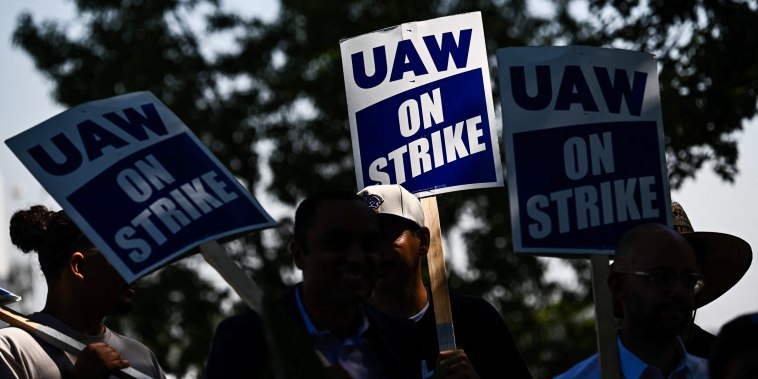
“Unanswered Questions: What Happens After the U.S. Labor Movement Picks Up Steam?”
As the U.S. labor movement has surged in recent years, the question on everybody’s minds is what will happen when the dust settles? What effect will the groundswell of worker-driven protests have on the economy and the labor force overall?
The current labor movement is marked by a flurry of activity and major milestones, with workers, unions, politicians, and industry executives all playing important roles in what has become a national conversation about the role of labor in our society. In recent years, labor has become a headline issue, with fast food workers striking for higher wages and Amazon warehouse conditions being highlighted as a major concern.
But when the dust does settle, the long-term effects of these protests and other labor-driven initiatives could be profound. For one, the strengthened position of unions and collective bargaining could give workers increased bargaining strength and leverage. The increased focus on worker rights and labor protection could also lead to more employer-friendly legislation and judicial rulings.
The U.S. is already facing something of an economic transformation, as new technologies and automation are speeding up the rate of change. This transformation could create new opportunities for workers to successfully negotiate for better wages and improved benefits. New job sectors could emerge as technology enables workers to pursue new kinds of labor opportunities outside of the traditional workforce.
Finally, the labor movement could lead to a reshaping of the U.S. economy, as workers push for greater economic autonomy and more equitable distribution of profits. While the domestic labor force is already stretched thin, corporations and businesses could be forced to invest in additional job-creating initiatives.
When the dust does settles, the U.S. labor movement could lead to a whole new chapter in American economic history. At the very least, the recent resurgence has reenergized the conversation about the role of labor in the U.S. economy, and this conversation is likely to continue as the labor movement continues to take shape and become a driving force for economic progress.
